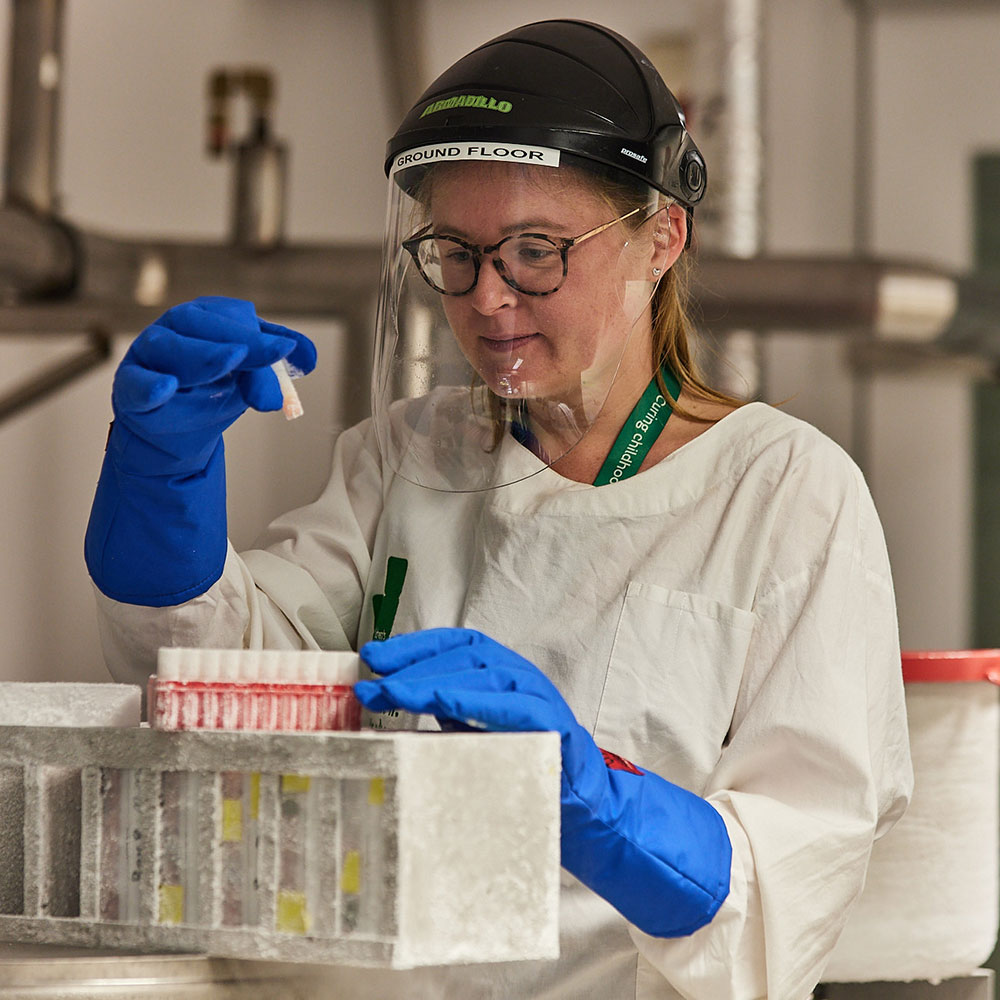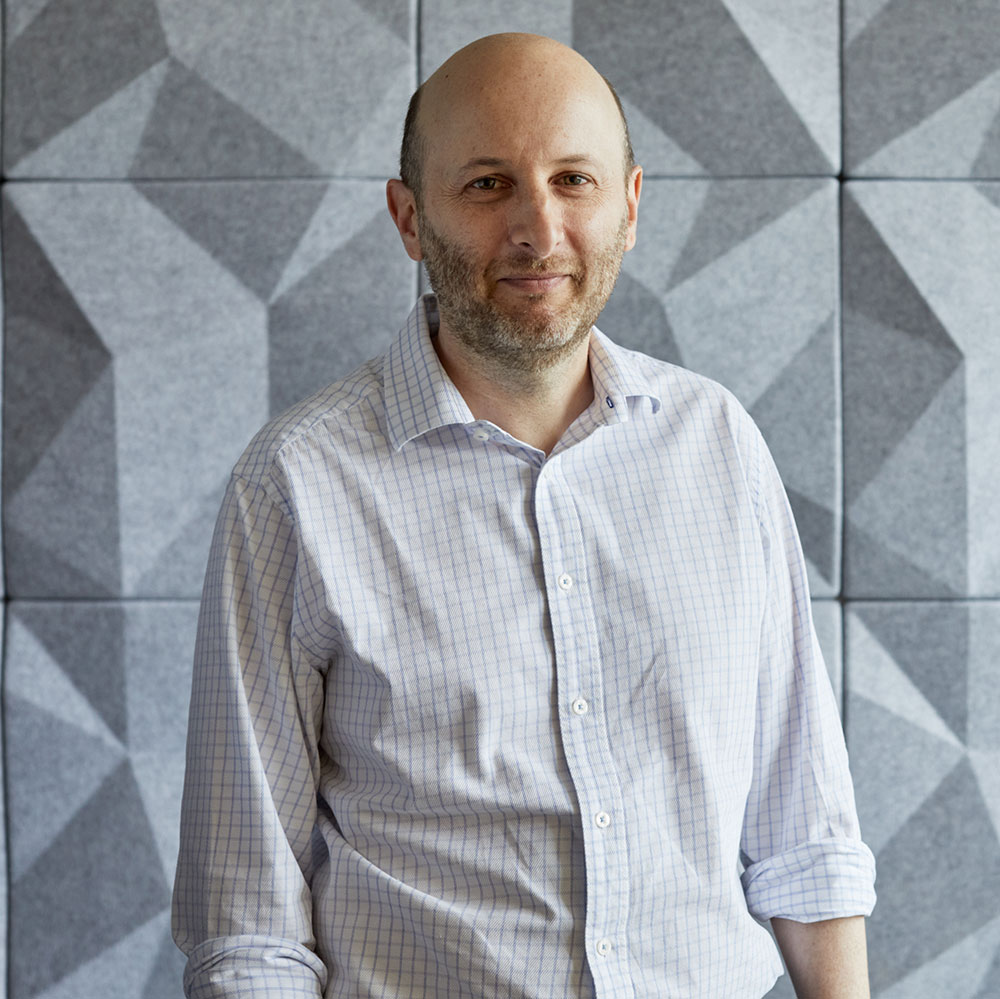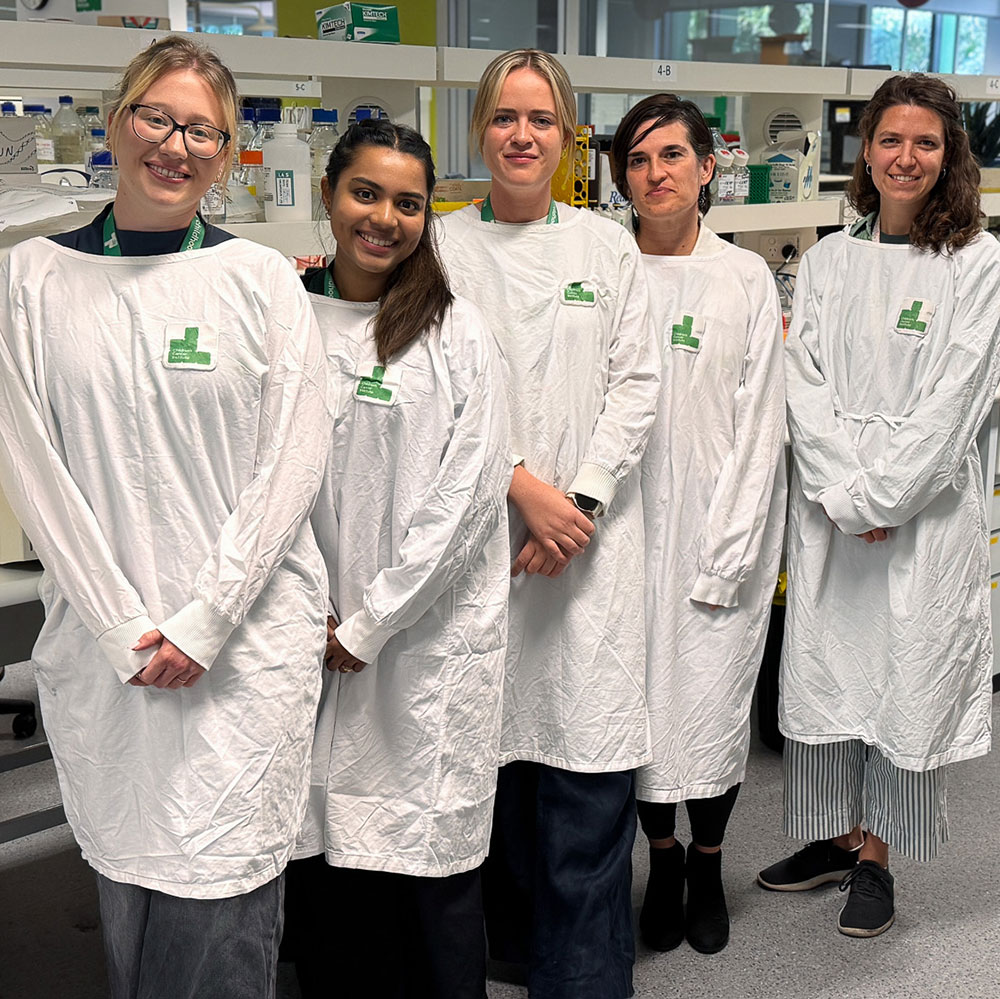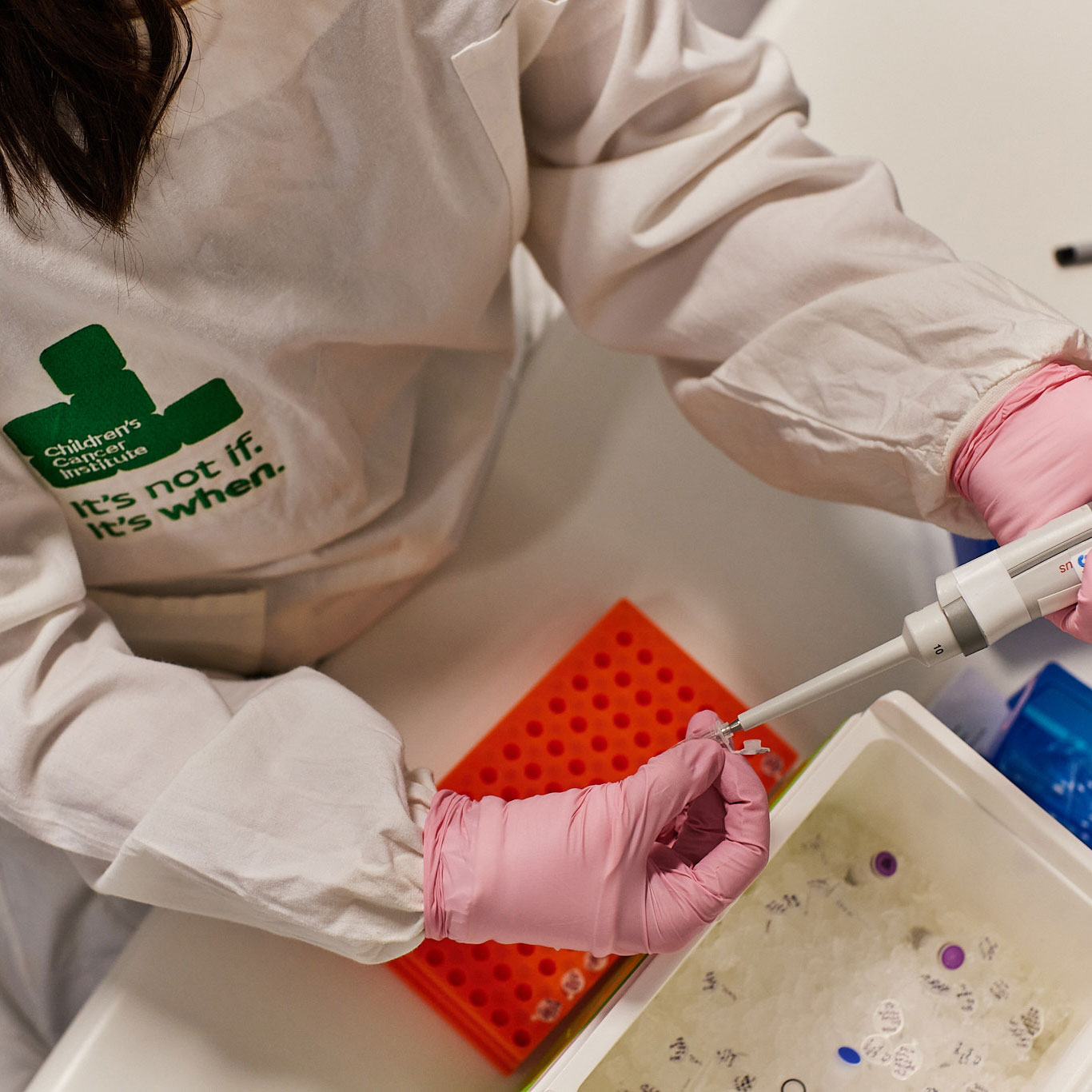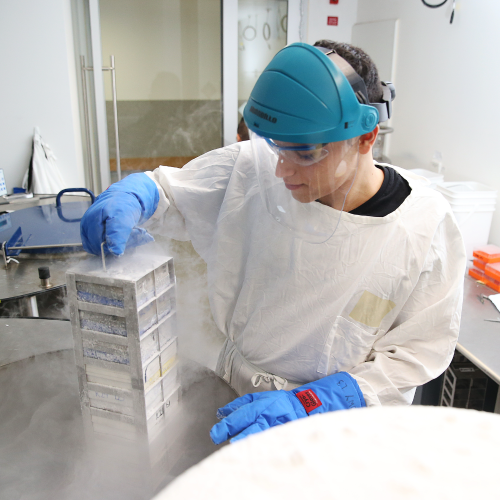Due to DIPG’s sensitive location, surgery and even a biopsy is not possible. Patients do not respond to chemotherapy. Radiation, the standard therapy, only briefly delays tumour progression.
At age 9, Amy was diagnosed with DIPG. Tragically, Amy passed away just 16 months after her diagnosis on 31 March 2009.

Effective treatments are desperately needed so, in the future, families like Amy’s do not have to experience the pain of having a child taken by DIPG. Our Brain Tumours Group has made significant research progress.
Australia’s first DIPG cell cultures
Clinician-researcher Associate Professor David Ziegler is Senior Staff Specialist and Head of Clinical Trials, Kids Cancer Centre at Sydney Children’s Hospital, Randwick and Targeted Therapy Group Leader at Children’s Cancer Institute. He leads research that focusses on developing innovative therapies to rapidly translate to the clinic. A key area is investigating new treatment strategies for DIPG and other malignant childhood brain tumours. We are the Australian hub of the international DIPG registry, a global network of researchers and clinicians.
“We are the Australian hub of the international DIPG registry, a global network of researchers and clinicians” – A/Professor David Ziegler
The search for new DIPG treatments is hampered by the lack of available cancer tissue so we initiated a national DIPG tumour donation protocol. Through this, we have collected tumour samples in the rare cases a biopsy is performed, and enabled parents to donate their child’s tumour for research after a child has died. Children’s Cancer Institute has the only laboratory program in Australia dedicated to DIPG research and finding new treatments. The program owes its existence to the incredible generosity of parents wanting to help other families.
To date, 18 tumour samples have been used to grow a panel of DIPG neurosphere cultures – balls of cancer cells which help us investigate DIPG’s biology and test potential treatments.

Potential new treatments
In 2015, we found a drug called CBL137 was very effective in our laboratory research against neuroblastoma and, more recently, that it holds promise for DIPG. A clinical trial will open in 2018 at the largest US paediatric oncology institutions and at Sydney Children’s Hospital, Randwick to test CBL137 as a single agent in DIPG and neuroblastoma patients. Further research will show if we can predict which children with DIPG will respond best to CBL137 and whether it works better in combination with other drugs.
In 2016, we received a grant to explore another potential DIPG treatment, fenretinide. Fenretinide is among the few safest, most effective of 3500 drugs tested against our DIPG neurospheres, the largest drug screen ever performed for DIPG.
We will gather data needed to progress fenretinide, potentially in combination with other drugs, into clinical trials. This grant was awarded through the Priority-driven Collaborative Cancer Research Scheme and co-funded by Cancer Australia, Cancer Council NSW and The Kids’ Cancer Project.
A new project funded by the National Health and Medical Research Council (NHMRC) will explore whether we can kill DIPG cells more effectively with radiation by targeting glucose metabolism. Glucose gives tumours the energy to grow. We will see if cutting off DIPG cells’ energy supply, by treating them with dichloroacetate and other selected drugs, makes them more radiation-sensitive.
“I believe we can do for brain cancer what has already been done for leukaemia. Once, the survival rate for leukaemia was zero. Today it’s 85%” – A/Professor David Ziegler
Personalised medicine for childhood brain cancer
Our DIPG research also focusses on developing individualised treatment for all children with high-risk brain tumours as part of the Zero Childhood Cancer national child cancer personalised medicine program.
During 2016, in the program’s pilot stage, we enrolled 15 brain tumour patients, around half of all patients in this pilot study. It is children with this terminal cancer, which is high risk at diagnosis and for which no successful treatments exist, who arguably stand to benefit most from personalised medicine.
We can only continue our research thanks to all our supporters – supporters just like Amy’s family who, through The Cure Starts Now Australia for example, continue to work tirelessly to raise funds for our research so that, one day, we can find a cure for every child.
Read Amy’s story.



